Deirdre Quinn: Building a Fashion Success
January 4, 2022
Marc Karimzadeh
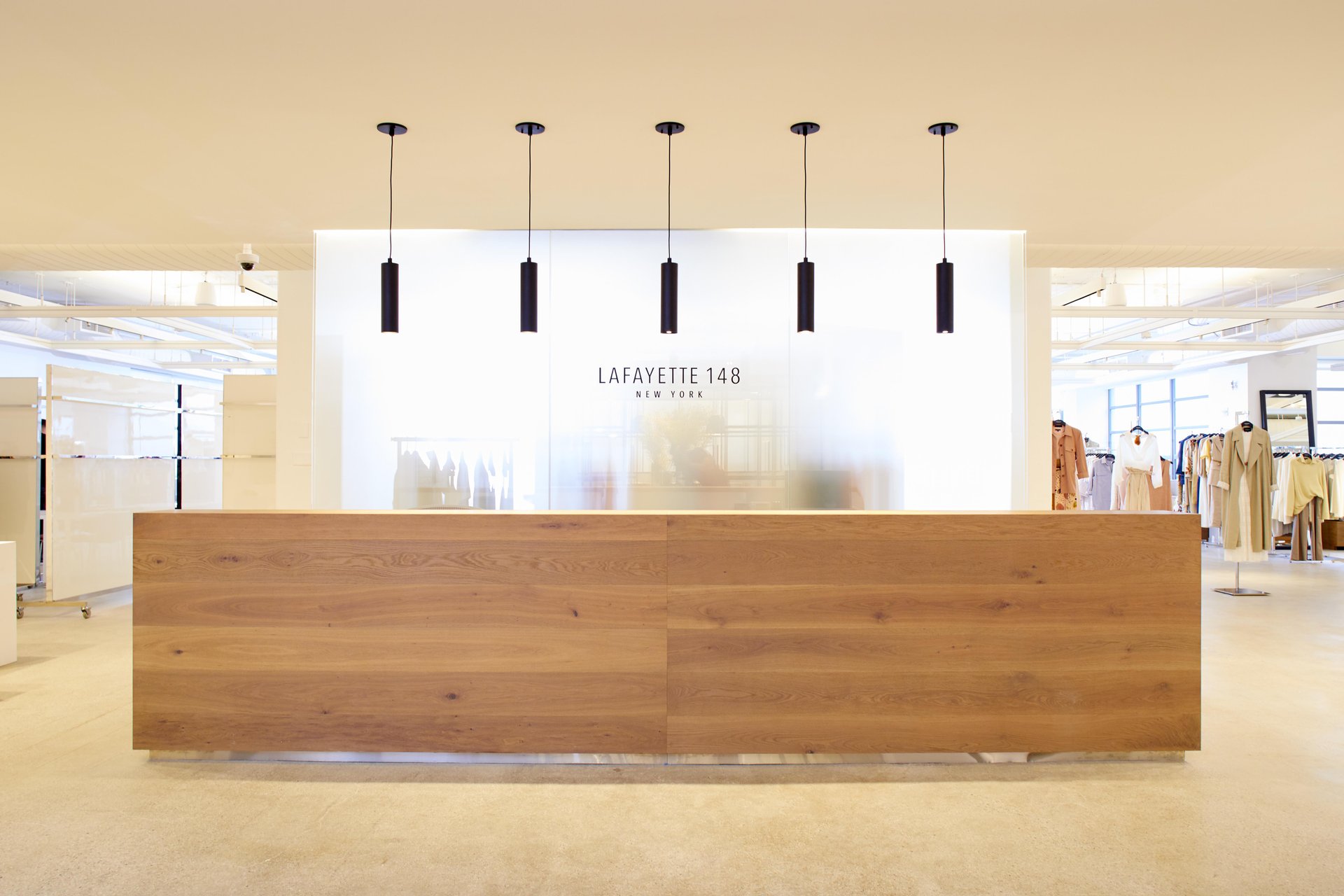

It’s right to call Deirdre Quinn a born entrepreneur. The executive, who co-founded Lafayette 148 and serves as its CEO, launched the brand with an impressive resume ranging from Donna Karan to Escada and Liz Claiborne. In 1996, she partnered with Shun Yen Siu and Ida Siu for Lafayette 148 New York, and has built a successful fashion business. CFDA member Emily Smith is Lafayette 148’s Creative Director.
Spending time, in person, with Ms. Quinn at the company’s Lafayette Street location – where she kept a floor in addition to the new sustainably-built loft space at Brooklyn Navy Yard – you cannot help but be inspired by her knowledge, entrepreneurial spirit, drive and devotion not just to the fashion business and her team, but also to philanthropy.
Lafayette 148 recently marked its 25th anniversary – ample reason to sit down with the executive to talk about a range of topics, from building a viable fashion business, lessons along the way, being a female founder, and friends with New York State Governor, Kathy Hochul.
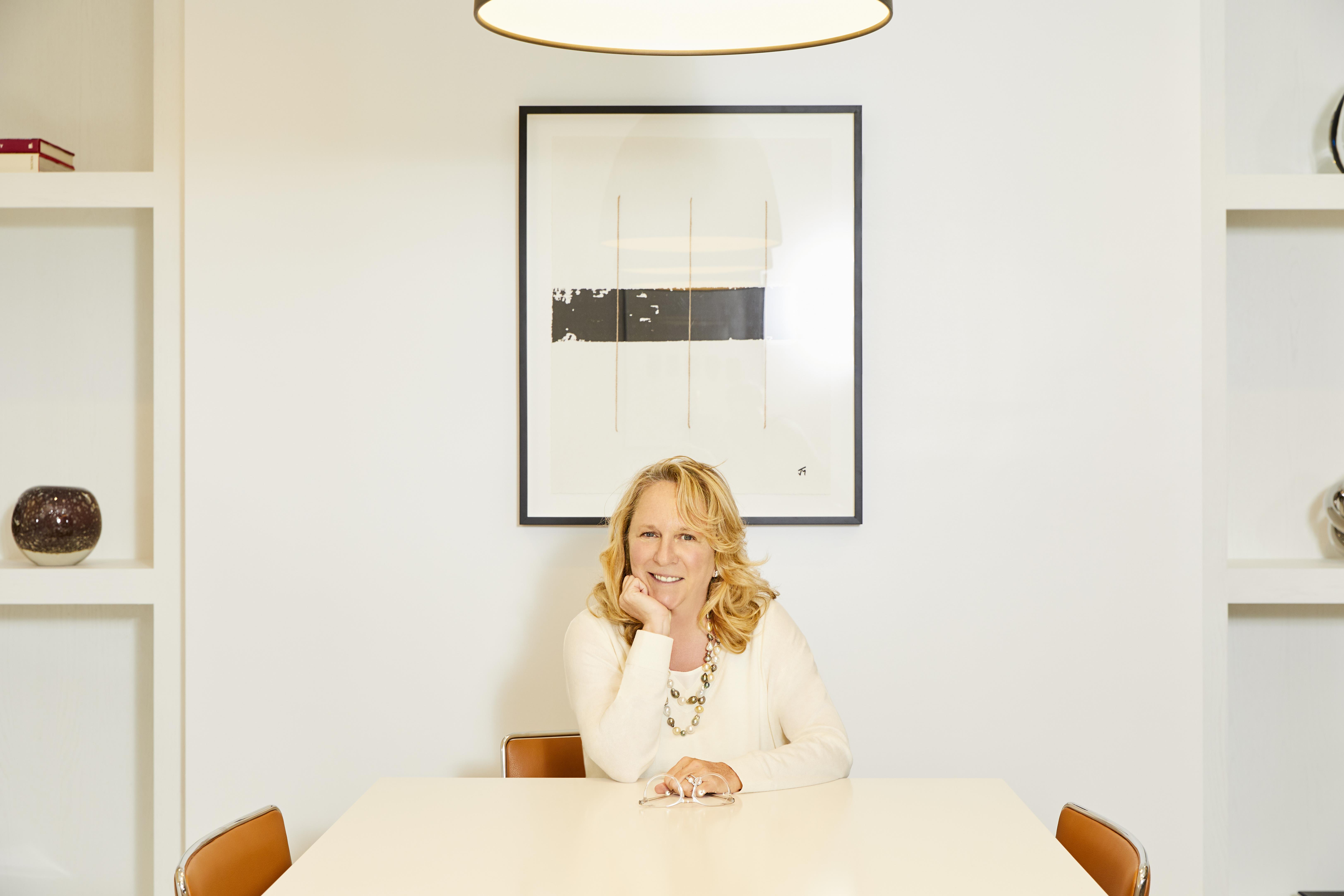
Deirdre Quinn
What inspired you to start Lafayette 148 and how did you get it off the ground?
Luckily, I worked in the industry a long time before starting Lafayette 148. I went to school for design but I am not a designer…I got a great entry-level job at Liz Claiborne. Six years into it, I left and went to Donna Karan and launched DKNY. That was two years of another extreme. Liz was like IBM, and Donna was pure passion. Liz convinced me to go back two years later as vice president of production and I spent four more years there travelling the world extensively. At one point,I counted that I had gone to 70 countries.
I left and ended up moving to Hong Kong and working for Escada and meeting the people from Ermenegildo Zegna. , Here I was, an American living in Hong Kong telling Germans and Italians about quality of production. I learned a lot about standards of excellence and raw materials, but never wanted to be an expat. I returned to New York and considered leaving the industry. My family had moved to Atlanta. And Shun Yen Siu and Ida Siu, who ran a garment factory at 148 Lafayette Street, approached me and said, “Why don’t we start our own brand?” I thought, We can make the clothes in New York, in the building…count me in. The idea of calling it the address was great. We flipped it around, and we were off and running. We wanted to be so vertical, we opened five stores in the first year. We pretty much blew through the investment but we figured it out, and I was motivated because of this wonderful couple that was here.
What was your growth strategy at launch, and what did you learn while executing the strategy?
The plan was to be vertical and to be direct [to consumer], and one of the quick learnings was that without a brand [awareness], you just can’t open stores and assume that people are coming in.Very quickly, we went into wholesale and with trade shows and boutiques all over the country started buying the clothes. Then Saks and Neiman’s came at the same time.
We were about five years into running the company. We were not yet profitable, and 9-11 hit. That was a pivot point for us. Mr. and Mrs. Siu were born in China but Americans for 40 years. They went back to their hometown at the end of 2001 – after we had all watched the buildings fall down and were shaken about lower Manhattan and what we had seen. He called me and said, “We will move the factory to our hometown. By May 2002, he flew me over, and I walked into a factory of three sewers, and cutter and a presser. He was so brilliant and I trusted him. We planned a two-year phase from the factory being here in New York to it being there. He did it in a year and a half.
We started with 10,000 square feet, then 20,000, then 40,000. We started to make a profit.
We transformed the Lafayette Street [headquarters] to focus on marketing and sales. The floors went from being factories to being administrative. Mr. Siu proceeded to build a 240,000 square foot manufacturing facility in China that is pretty incredible. It really was a game-changer for us and enabled us to reinvest here.
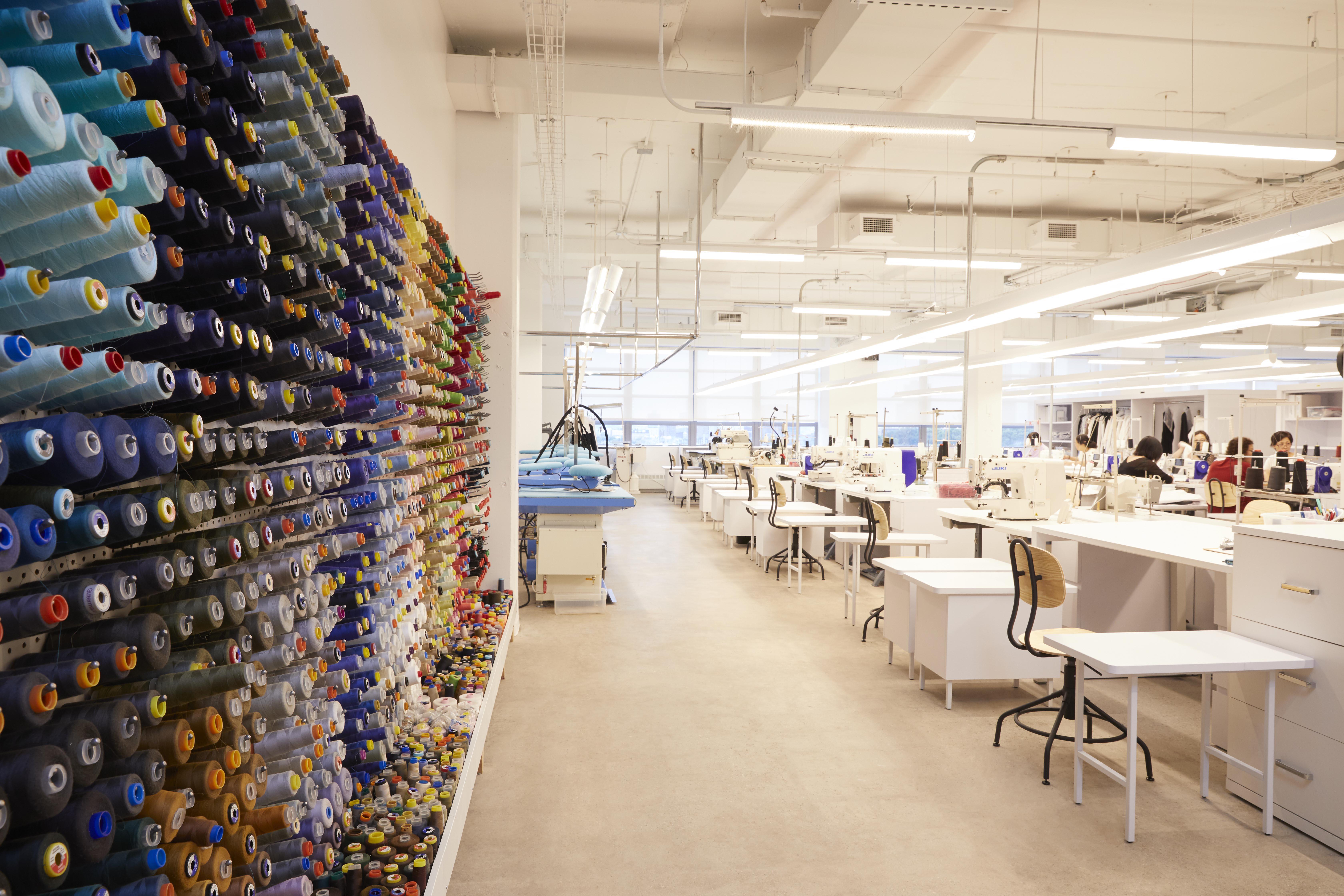
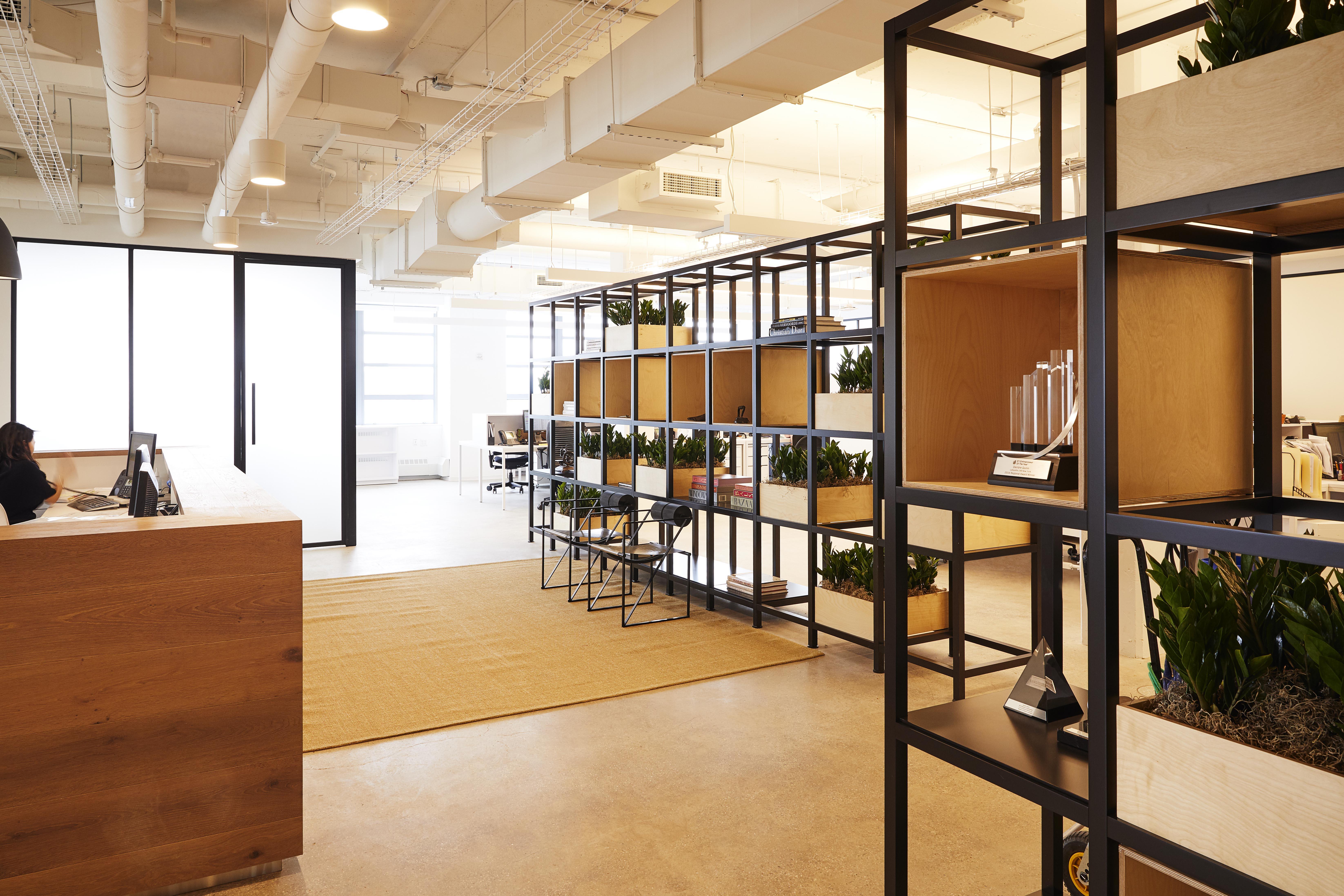
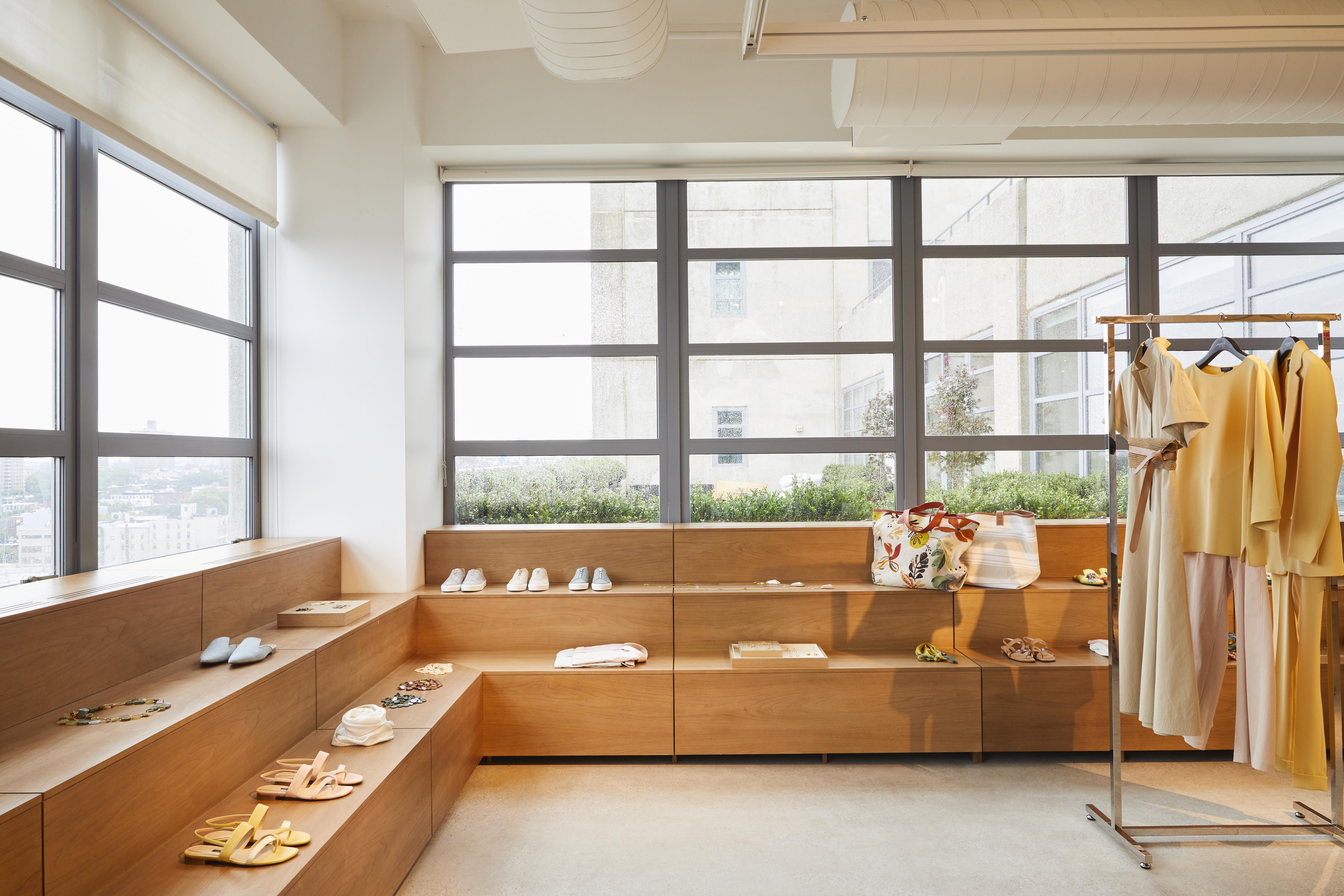
Lafayette 148's new headquarters at Brooklyn Navy Yard.
Lafayette 148
Did you make any mistakes along the way that forced you to pivot? What were lessons did you learn?
The ability to pivot was probably the most critical thing. After 9-11, we had to move the factory, and then, the recession came in 2008 and 2009 and we decided to launch into the catalogue business. That drove us to the web site, which was tiny at the time. It became the biggest division in the company.
We are entrepreneurs by nature. I used to ask Mr. Siu, “how do you get a vision.” He always said to me, “It becomes clearer with age.” You gain confidence by experience.
The guts to leave this [Soho] building and move to the Brooklyn Navy Yard was another huge pivot for the company. The rents were going up and I kept thinking… Where can we go to save money to open retail stores. I promised my staff that if they come to Brooklyn with me, I am going to open Madison Avenue. We did exactly that. We left for Brooklyn, but kept one floor here. Madison Avenue gave us the confidence to open Manhasset, Tyson’s Corner, South Coast Plaza, and Atlanta, and we are seven more stores in 2022. We have 17 stores in China as well.
It’s this constant pivoting. I never did a sub-brand. I don’t want to manufacture for other people. I want to build one great luxury brand. The industry has evolved. At some point, the decision had to be made: Are we going to be contemporary or are we going to be a luxury player? We decided to go luxury because China is about luxury.
Describe the state of your business today. How did the realities of Covid impact the business and how did Lafayette 148 navigate this challenging time?
Covid gave us a moment to think and decide where we want to go. I was alright to be a smaller company. We are privately owned so there isn’t the pressure other firms have. It allowed us a couple of months to figure out how to rebuild the business. We had underestimated the power of the brand and the power of marketing behind a brand.
As design couldn’t go to work and couldn’t travel to the factory in china, we had to figure out how to get the work done in Brooklyn and how to virtually show people and how to keep the team together.
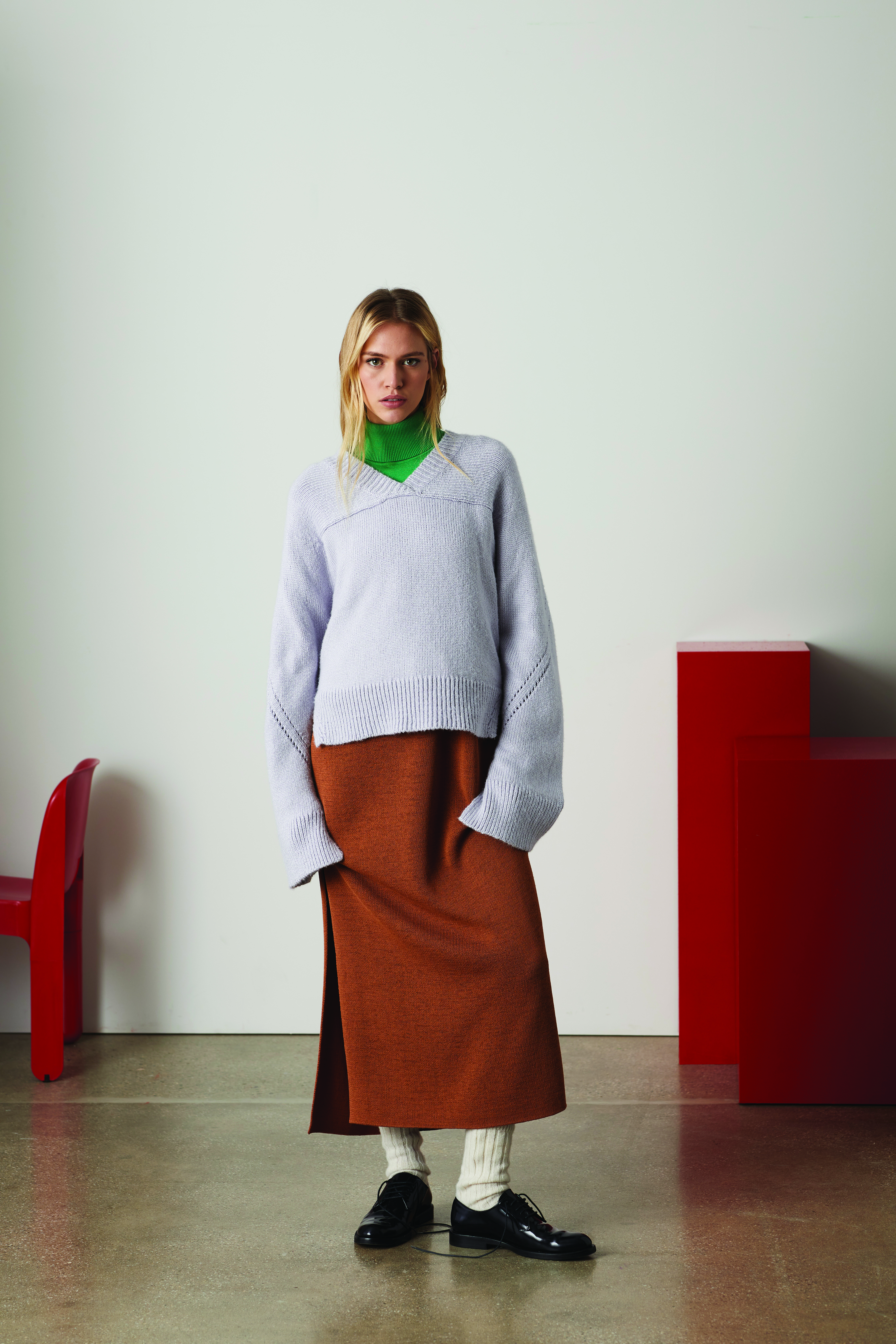
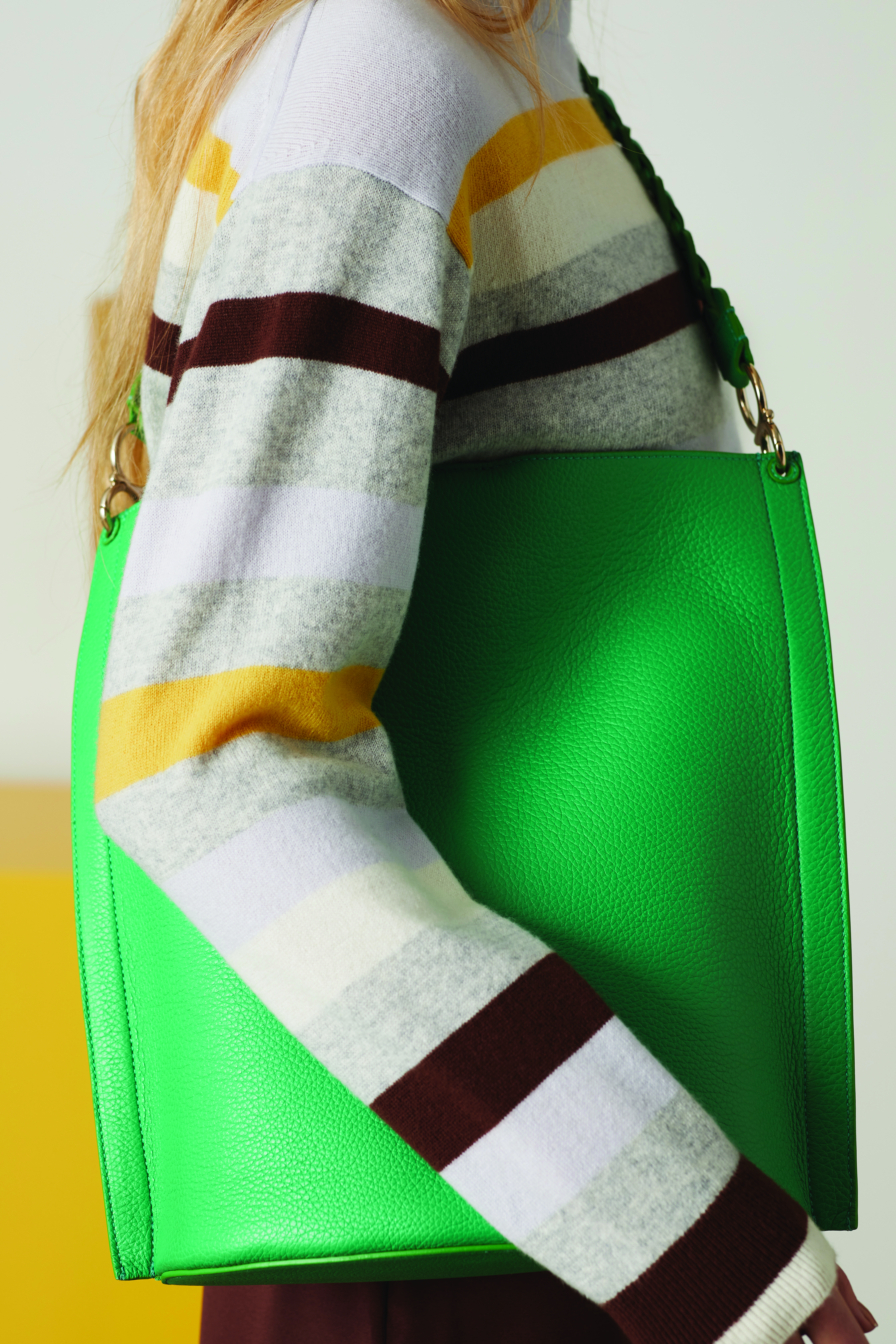
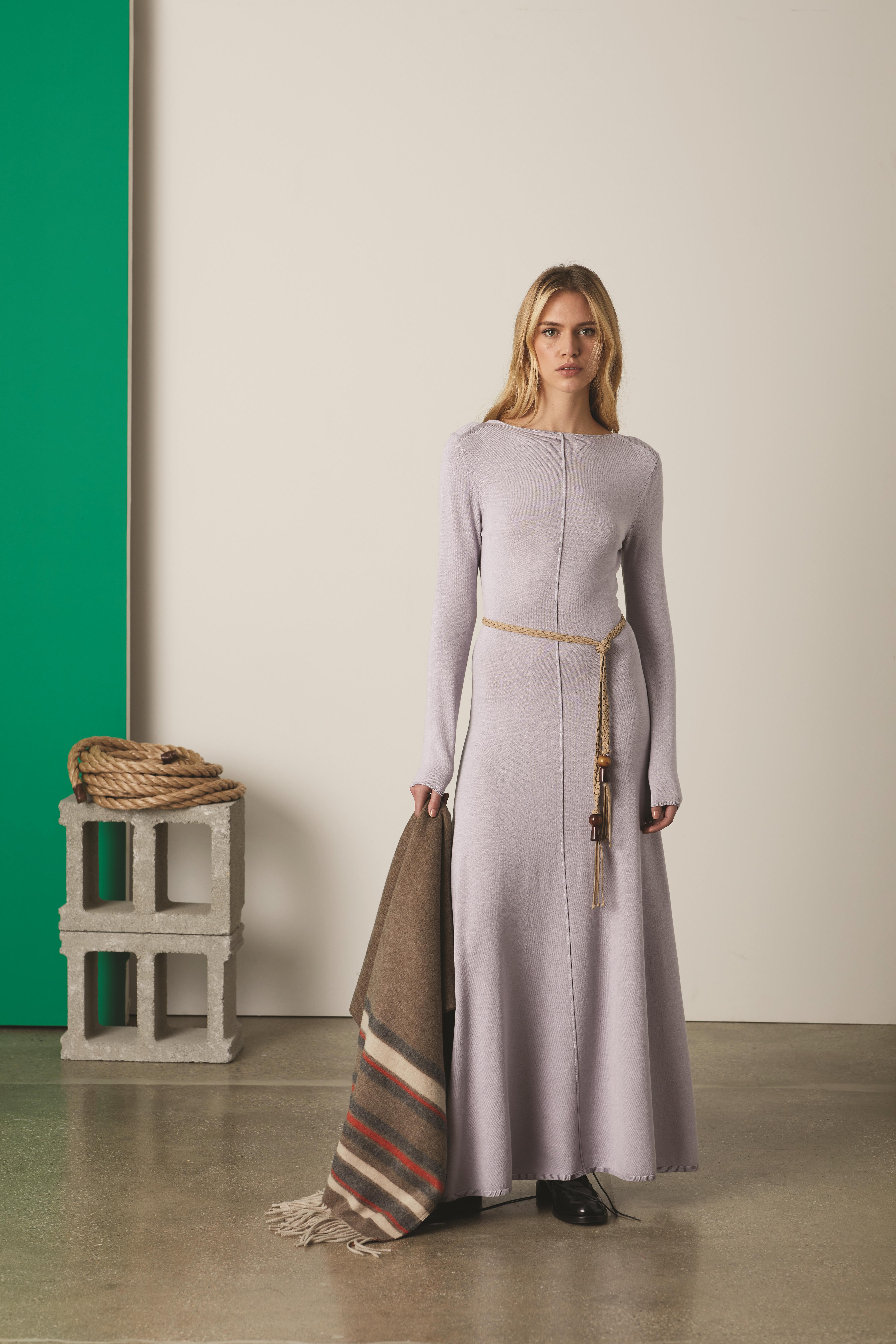
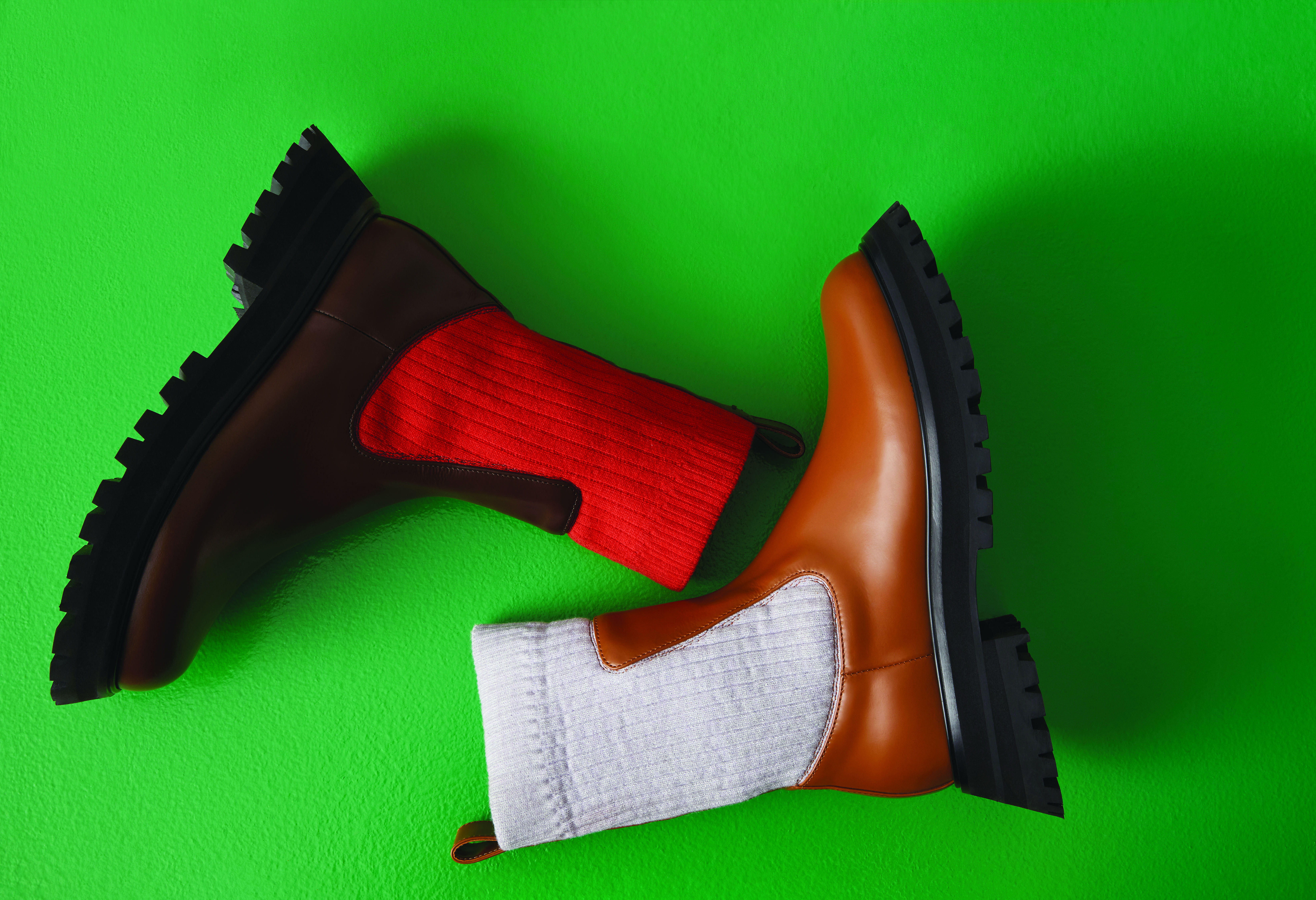
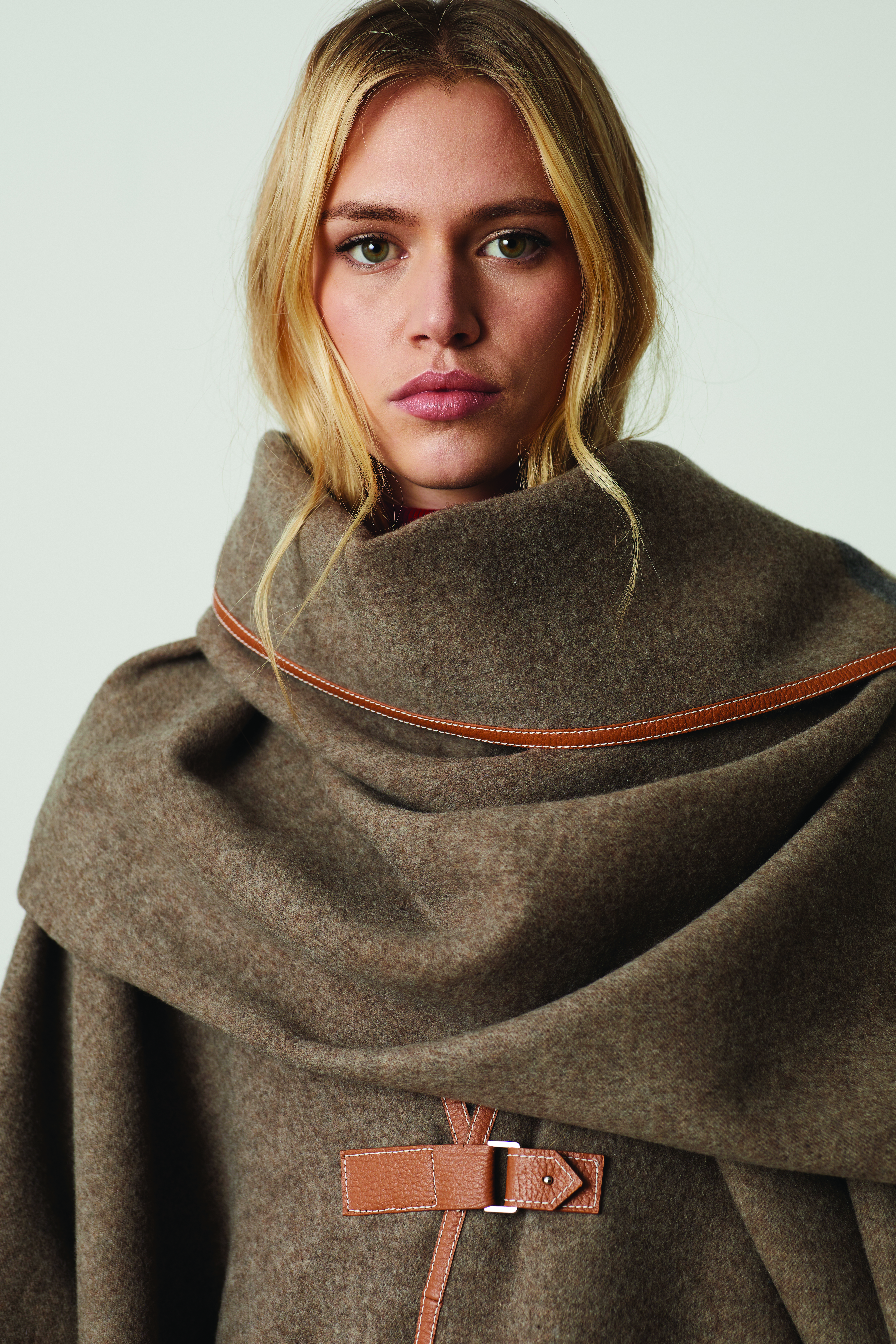
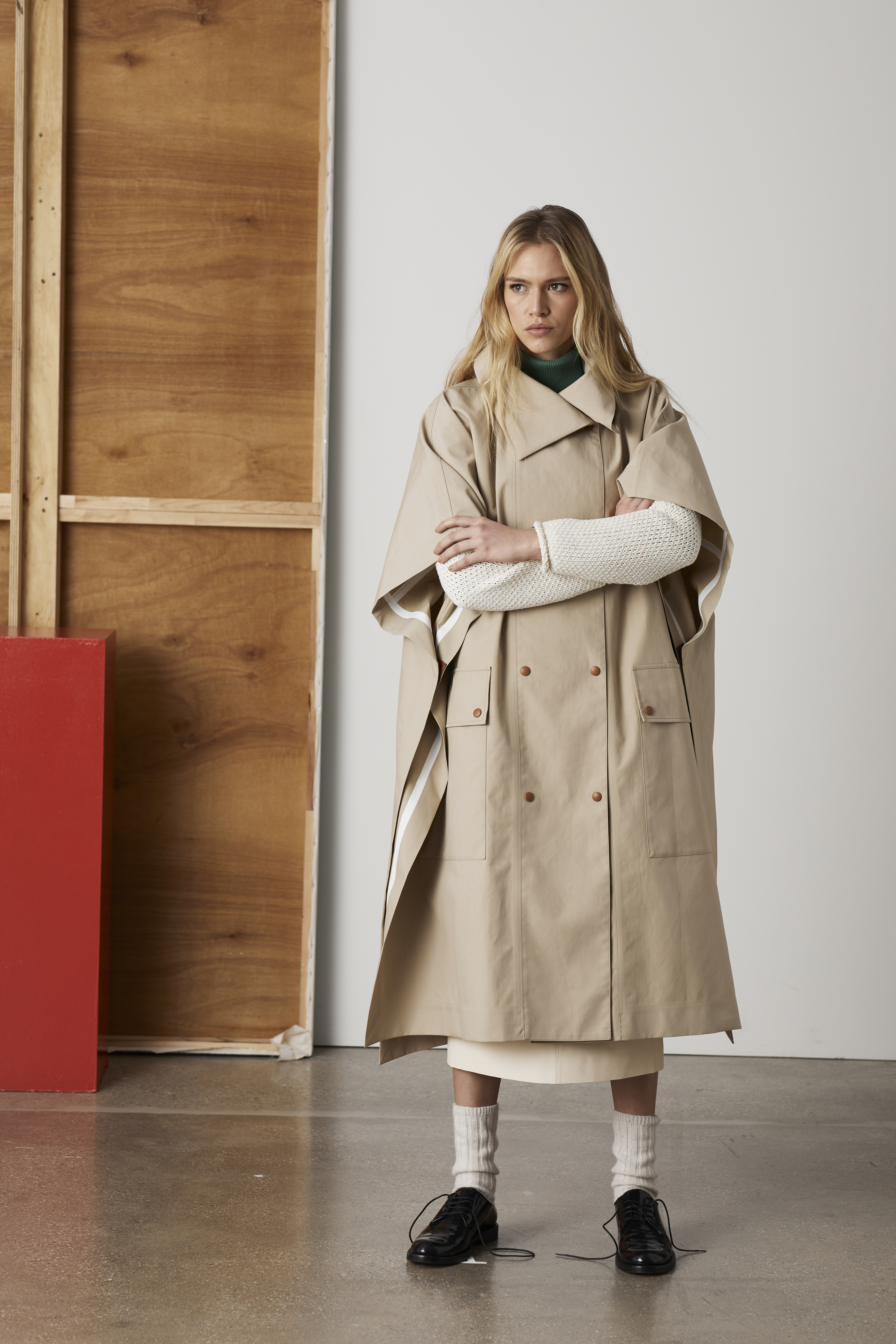
Where do you see growth for Lafayette 148, and for the industry at large?
I still look at our company’s growth as organic. We are global thinkers. We are opening our first store in Canada in Toronto. We are looking into opportunities in Europe. If you can nail China, the rest of Asia will not be as difficult..
We are working on telling our story in a new and modern way with Soho playing such an important part in the story.
As a female founder, what key pieces of advice do you have to other aspiring female fashion entrepreneurs?
It’s really important to work for somebody else first. Whether it’s a good boss or a bad boss, any boss…Being a woman never got in my way and I don’t think it should get in anyone’s way. You have to learn this business and every part of it, and women know how to multitask.
Tell us a little bit about your friendship with Governor Hochul. How did you meet, and what do you admire about her so much? What hopes for change do you have for the state?
I have known her for eight years. She is reliable. She is honest. She is empathetic. She is practical. I really appreciate those qualities. She definitely puts business first by listening first. There is a lot of change going on. The fact that she is the first female governor of New York sets the stage for what the future of balance is.
Finally, where do you see opportunities for American fashion?
There is definitely space in the market for true American luxury fashion brands. And that is the full focus for us is right now. with the importance of sustainability, less is more. My customer is looking for investment pieces that will last.
Thank you so much, Deirdre. It was great speaking with you.

